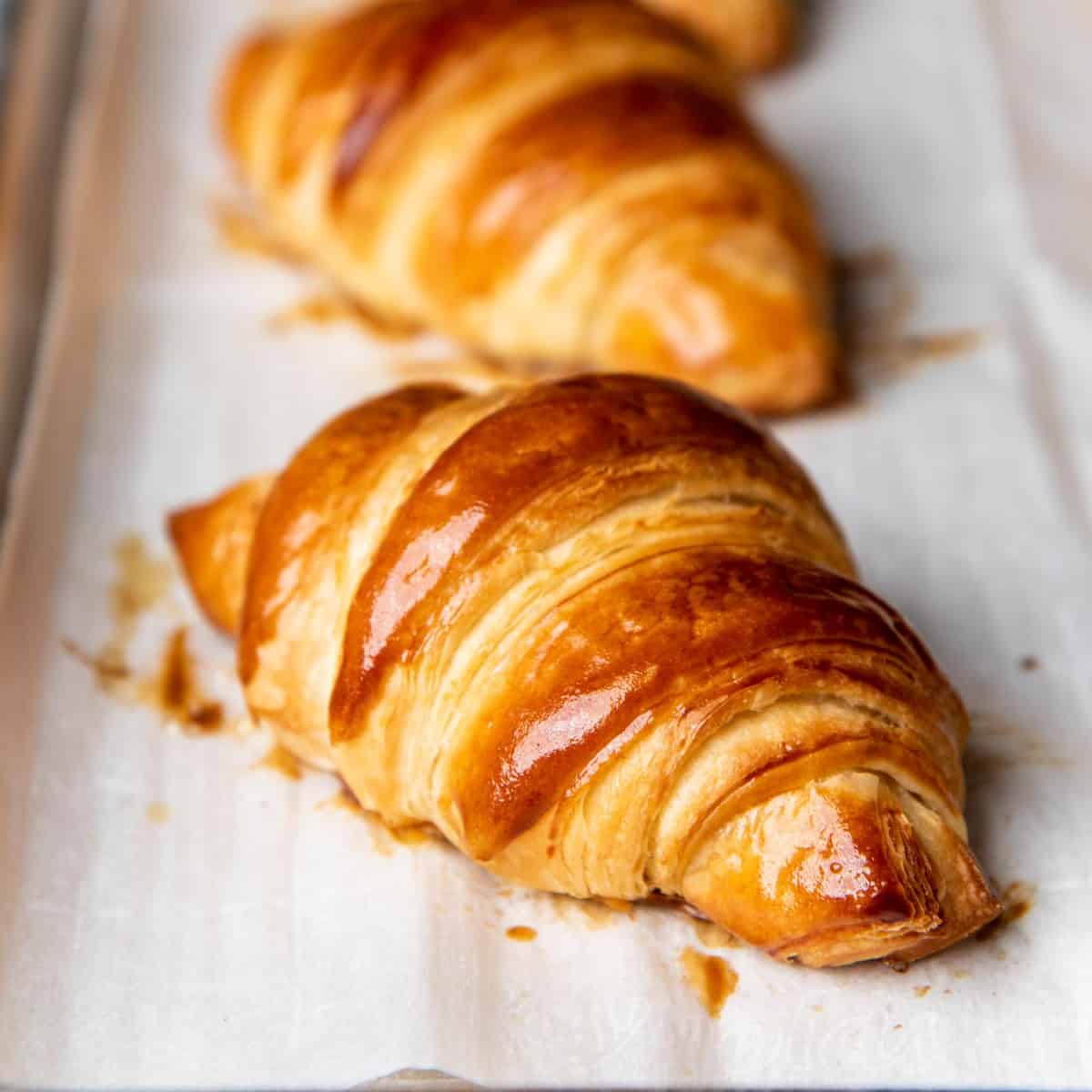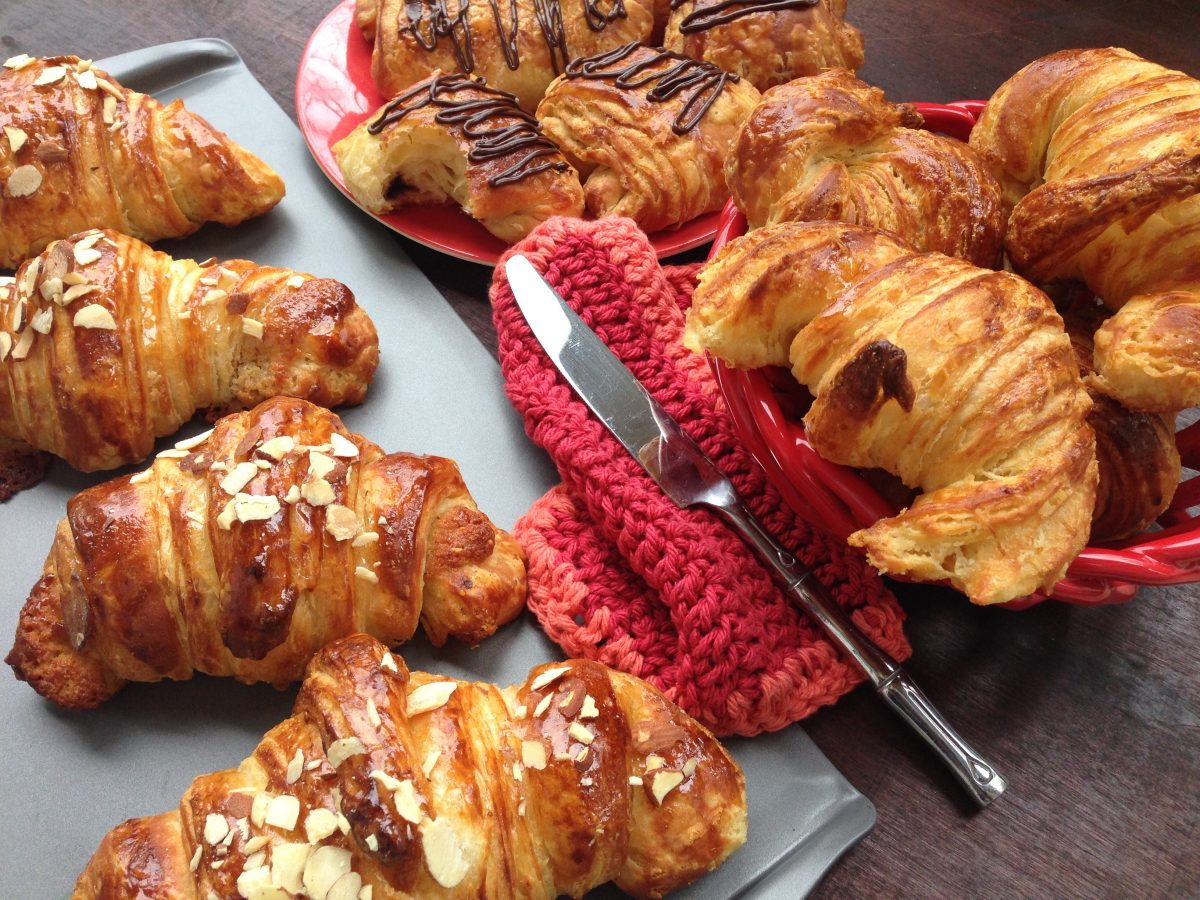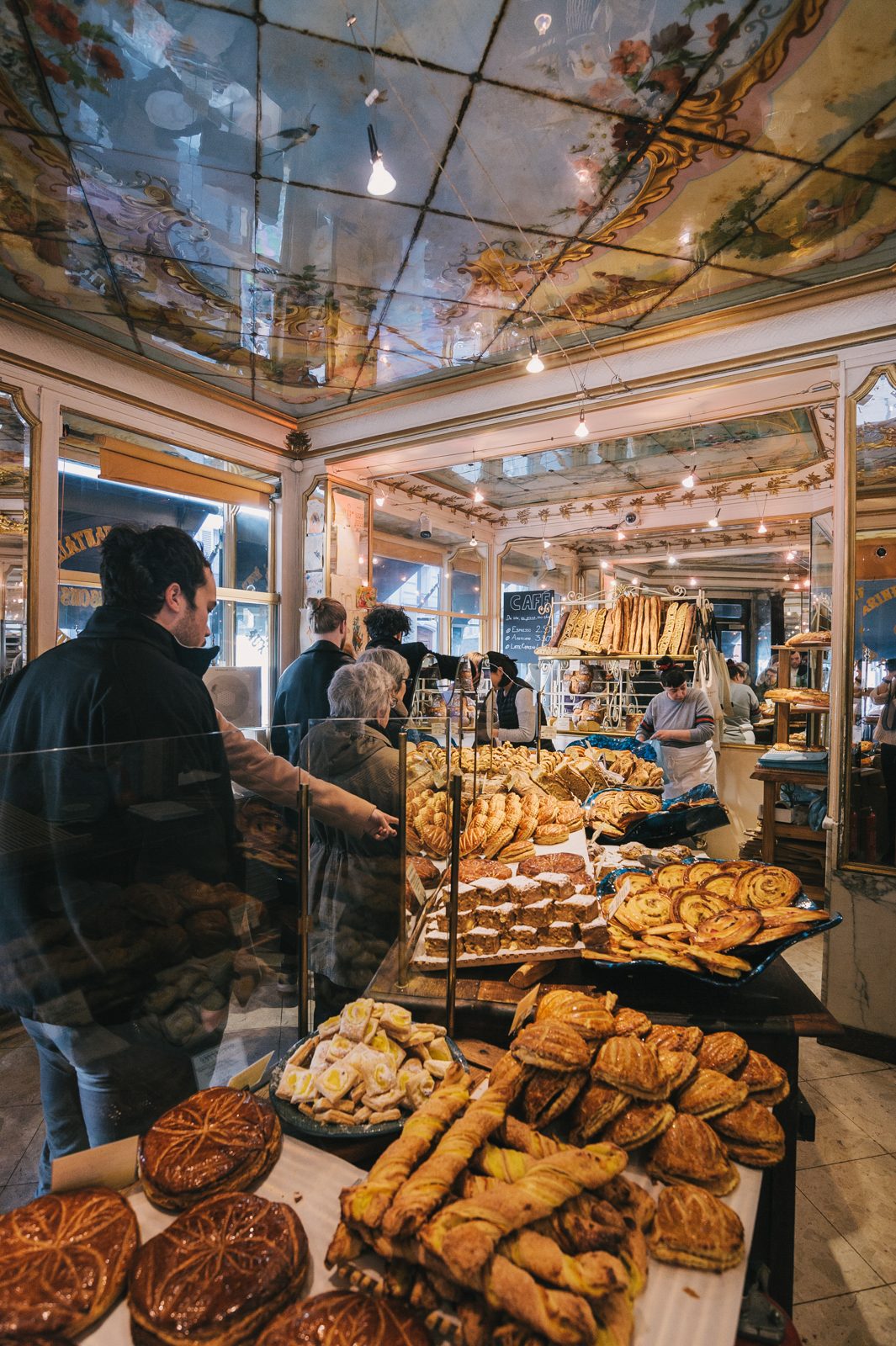The French symbolic pastry is nothing but pure crunchy heaven

When you think about a fresh, flaky croissant, you probably conjure up images of Paris. A lazy morning on the Left Bank, a small round table, reading Le Journal with a steamy cup of café au lait, and of course, that croissant. That warm, buttery croissant. Crispy on the outside, light and fluffy on the inside, stuffed with whichever sweet or salty accessories you enjoy- delicious on all sides and in every way imaginable. Now, ask yourself where it’s from. Go deep. Go beyond the simple answer of “the little bakery around the corner” and search for the origin, the true birthplace of that oh-so-famous French delicacy.
Did you know that the first production of croissant dates back to 1683? Oh, and also, did you know that, the croissant you’re enjoying as you lovingly stare at the Eiffel Tower? It’s not French.
That year, Austria was under attack by the Turkish Empire. Outside of besieged Vienna, the Turkish assailant found that time was slipping past and decided to dig an underground tunnel to enter the city. The Vienna bakers, the majority of whom worked underground, heard noises and called in the army. The Turks were discovered and retreated.
“Did you know that the first production of croissant dates back to 1683?
“Did you know that, the croissant you’re enjoying as you lovingly stare at the Eiffel Tower? It’s not French.”
The bakers were thanked and honored, and they decided to make bread in the shape of a crescent moon which is the symbol found on the Turkish flag. And here is where ladies and gents, the croissant was born! One hundred years later, Marie Antoinette who was the Austrian Princess at the time, married Louis XVI and proudly introduced the croissant to the French aristocrats. It was only at the start of this century that the butter-puff croissant was created. A bit later in the same century, a French Baker name Sylvain Claudius Goy wrote a recipe in 1915, that would cement the technique that remains at the heart of baking the modern croissant. His use of yeast differentiated his rolls from traditional puff pastry’s and gave birth to the croissant of present day-a national product of the French.

Enough of history, lets move on to the creation process. The ingredients of the famous crispy delicacy are quite basic; butter, flour, water, eggs, milk, yeast, sugar, and salt. However, laminating the created dough is what gives croissants its crispy, airy and crunchy layers. It’s the process of folding the dough several times with alternating layers of fat. Bakers in France usually use butter, oil or margarine before rolling and cutting the dough into triangles. This folding technique creates hundreds of paper-thin layers of butter trapped between hundreds of paper-thin layers of dough. When the laminated dough is baked in the oven at very high heat, the liquid trapped between the layers evaporates, and the steam puffs the individual layers. The number of layers in a croissant actually depends on the number of folds and can reach sky high numbers. It depends on the amount of turns the baker uses before rolling and cutting the laminated croissant dough into triangles. So if a baker folds his dough 3 times each turn for a total of 3 turns, the resulting croissant dough will have 27 layers while 4 turns results in a croissant dough with 81 layers, crazy right!

Visiting France and trying this symbolic snack brought some controversy in the past century as industrialization of food took over. There’s a widespread belief, especially among tourists, that when you walk into a French boulangerie, you’re buying a superior quality croissant, which is freshly baked. Although this used to be true before the ’70s, unfortunately it is not the case anymore. It’s estimated that more than half of French bakeries buy pre-frozen industrial croissants made by machines who later bake them on-site and sell them to customers. The best way to try the home-made, freshly baked pastry is to go to patisserie that have the “Bulanger de France” label on them.
To finish on a delicious note, we will give you the go to spot in France to try the unforgettable pastry. A family business for more than 20 years, Maison Pichard is the ideal place to go for a traditional yet memorable croissant. In 2011, owner and baker Frédéric Pichard won an award for best croissant in Paris, and a single bite into his perfectly flaky and airy creation will tell you just why. Enjoy!